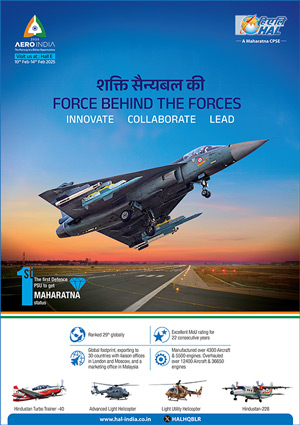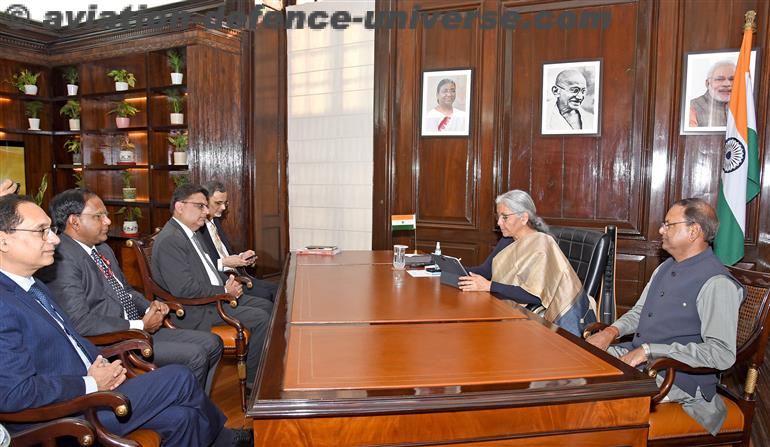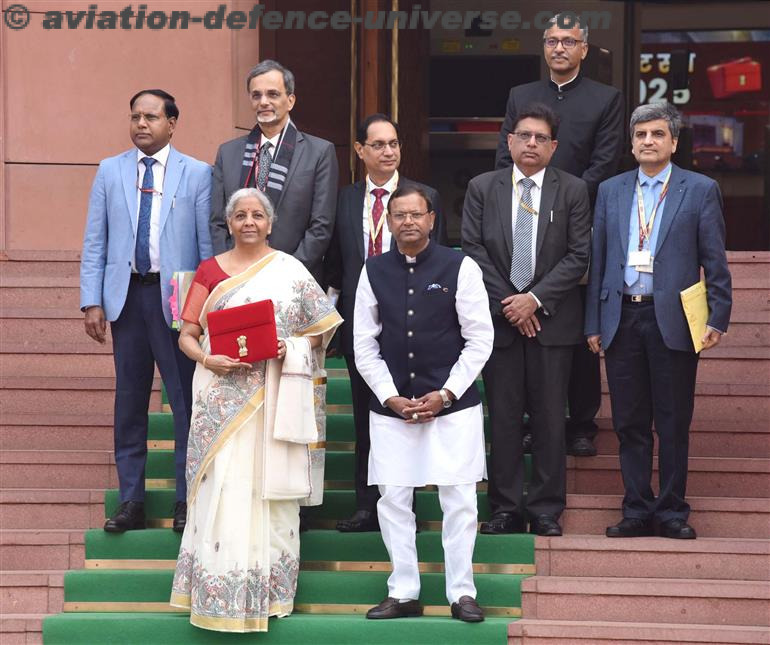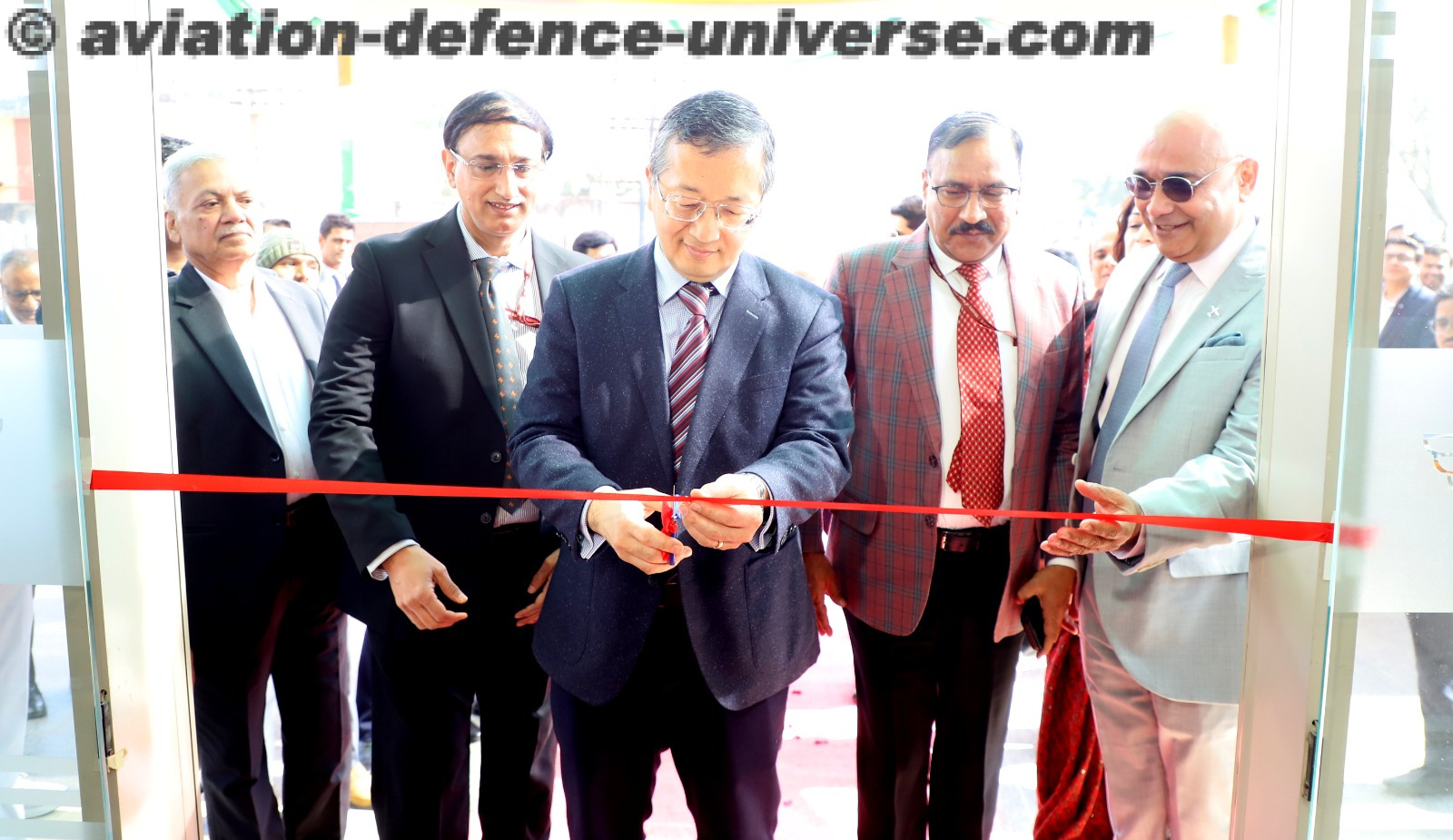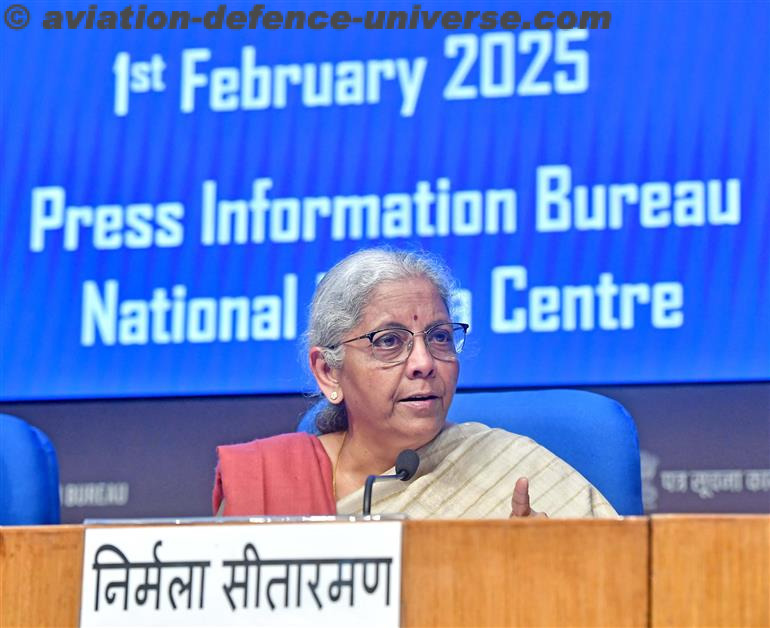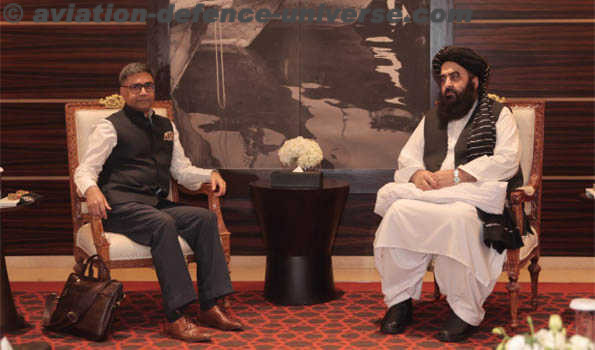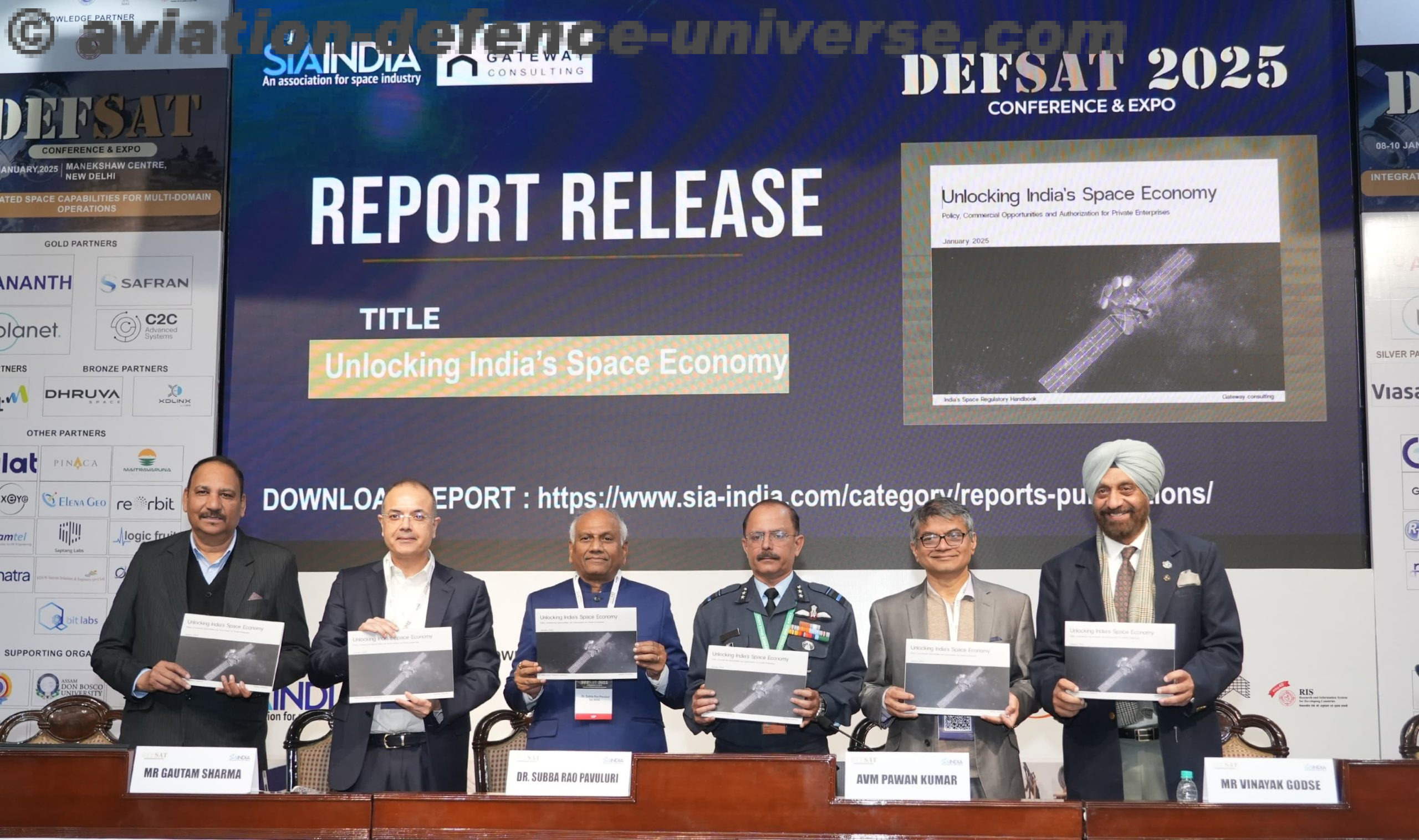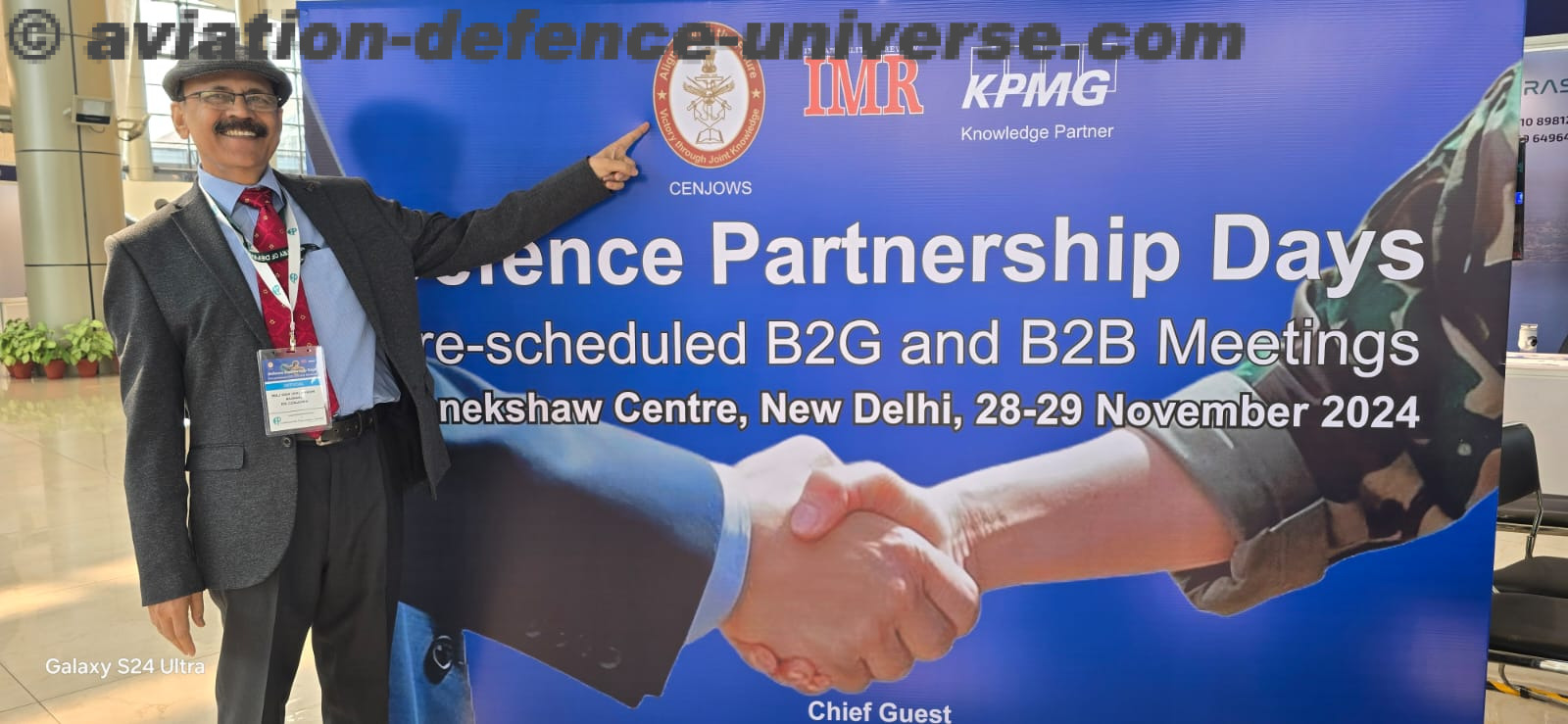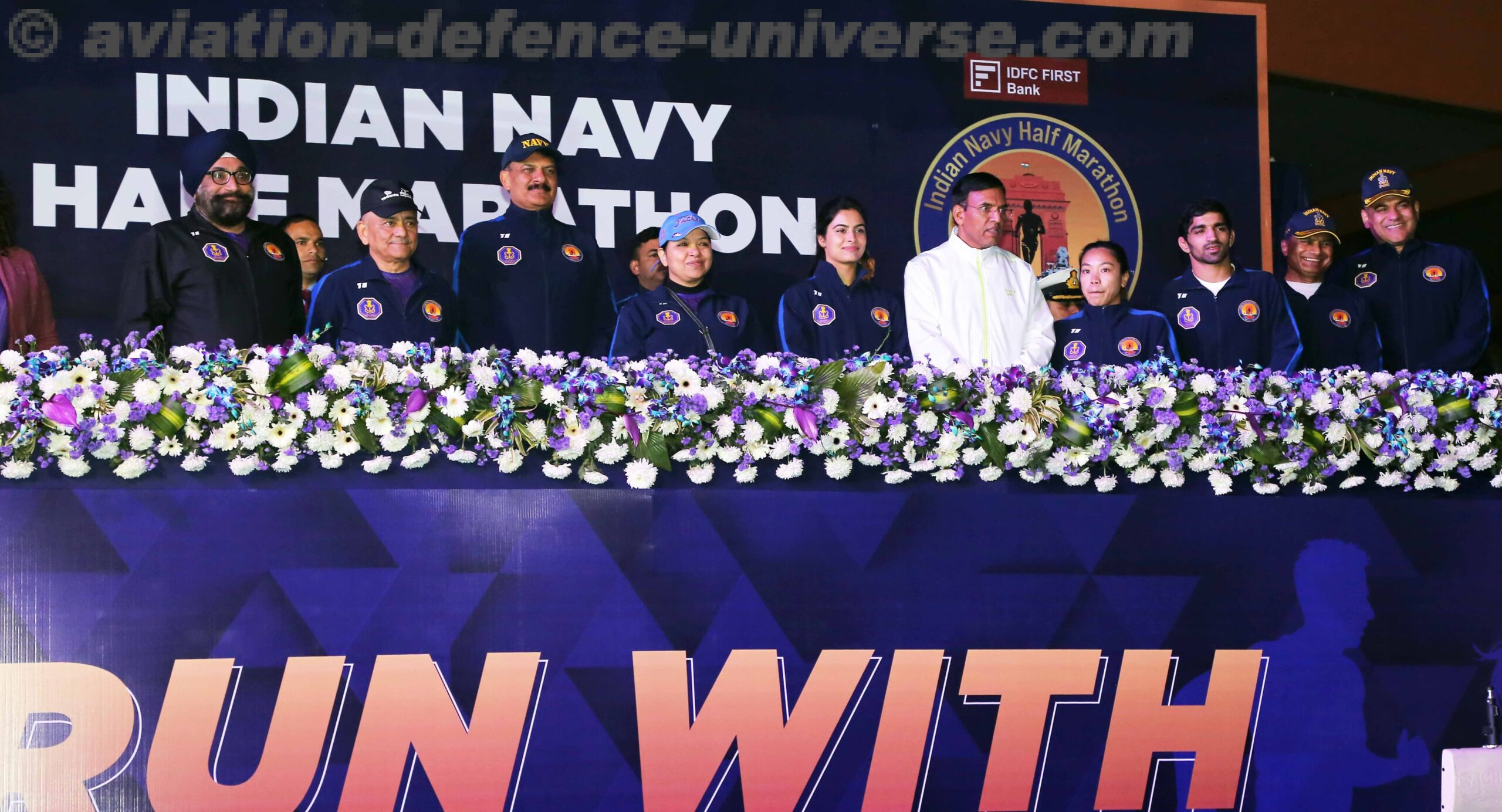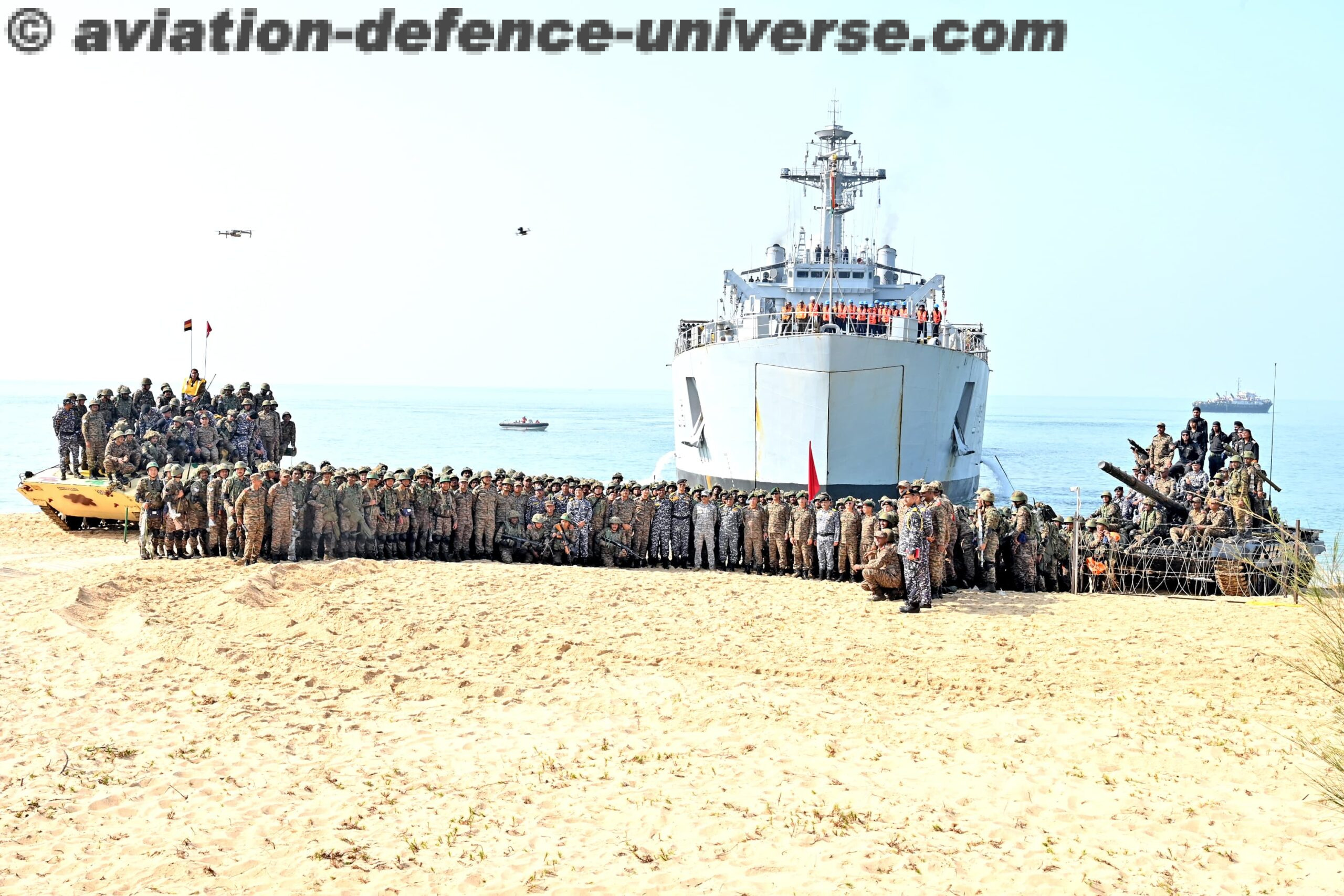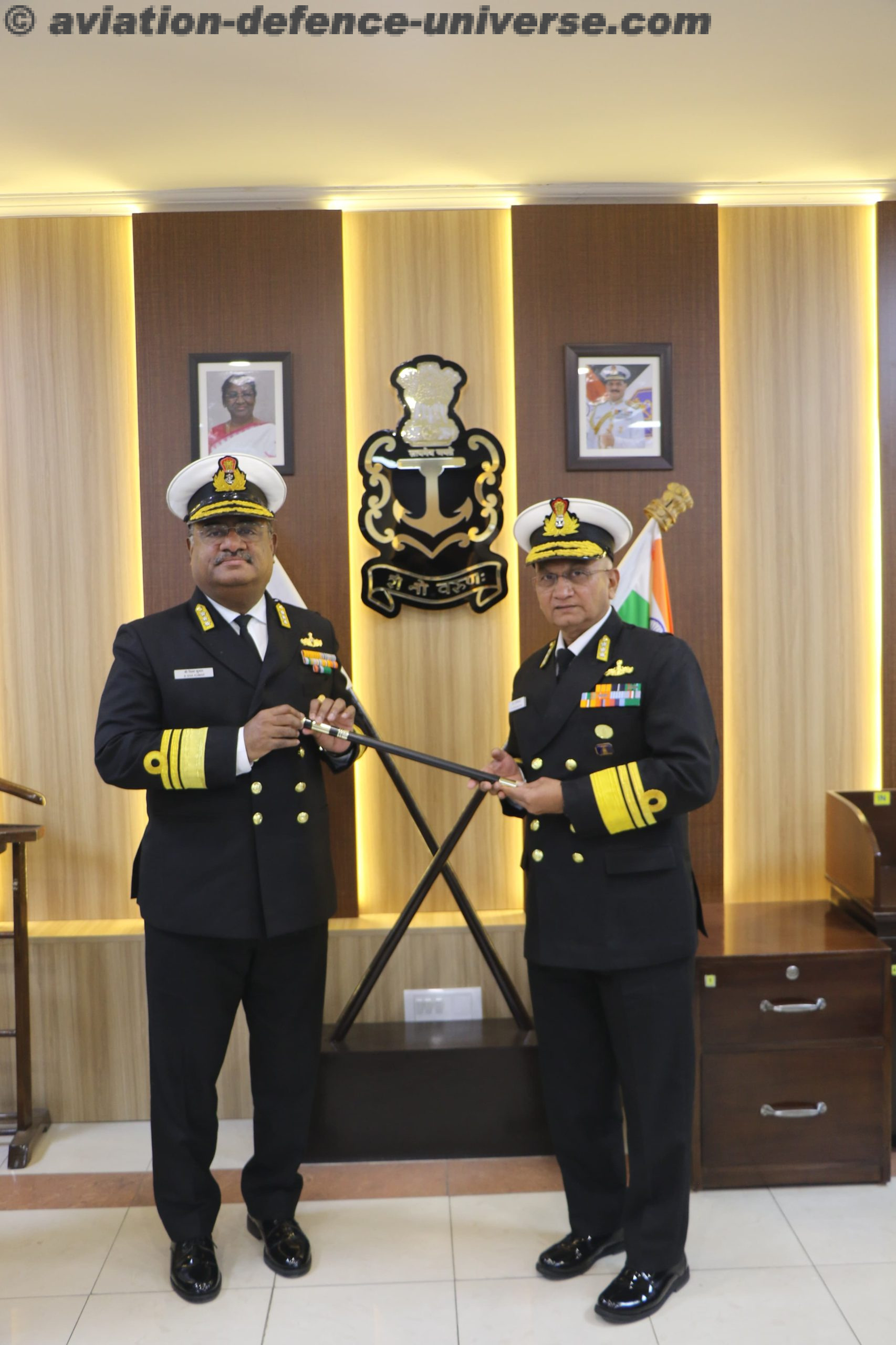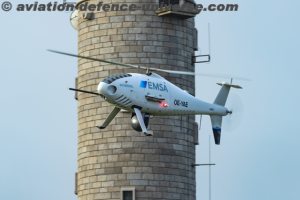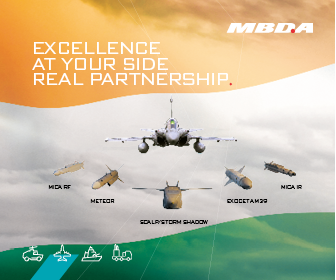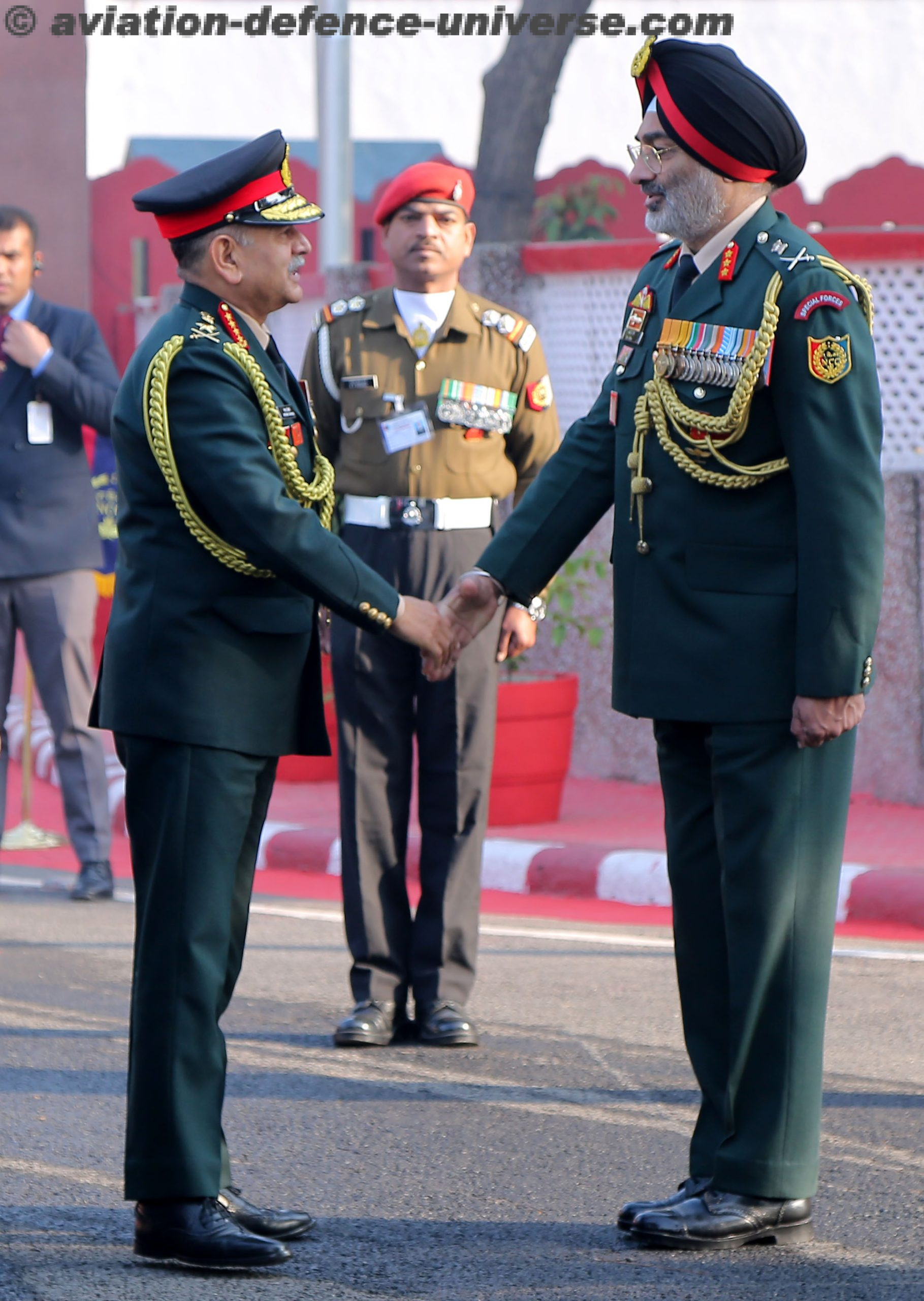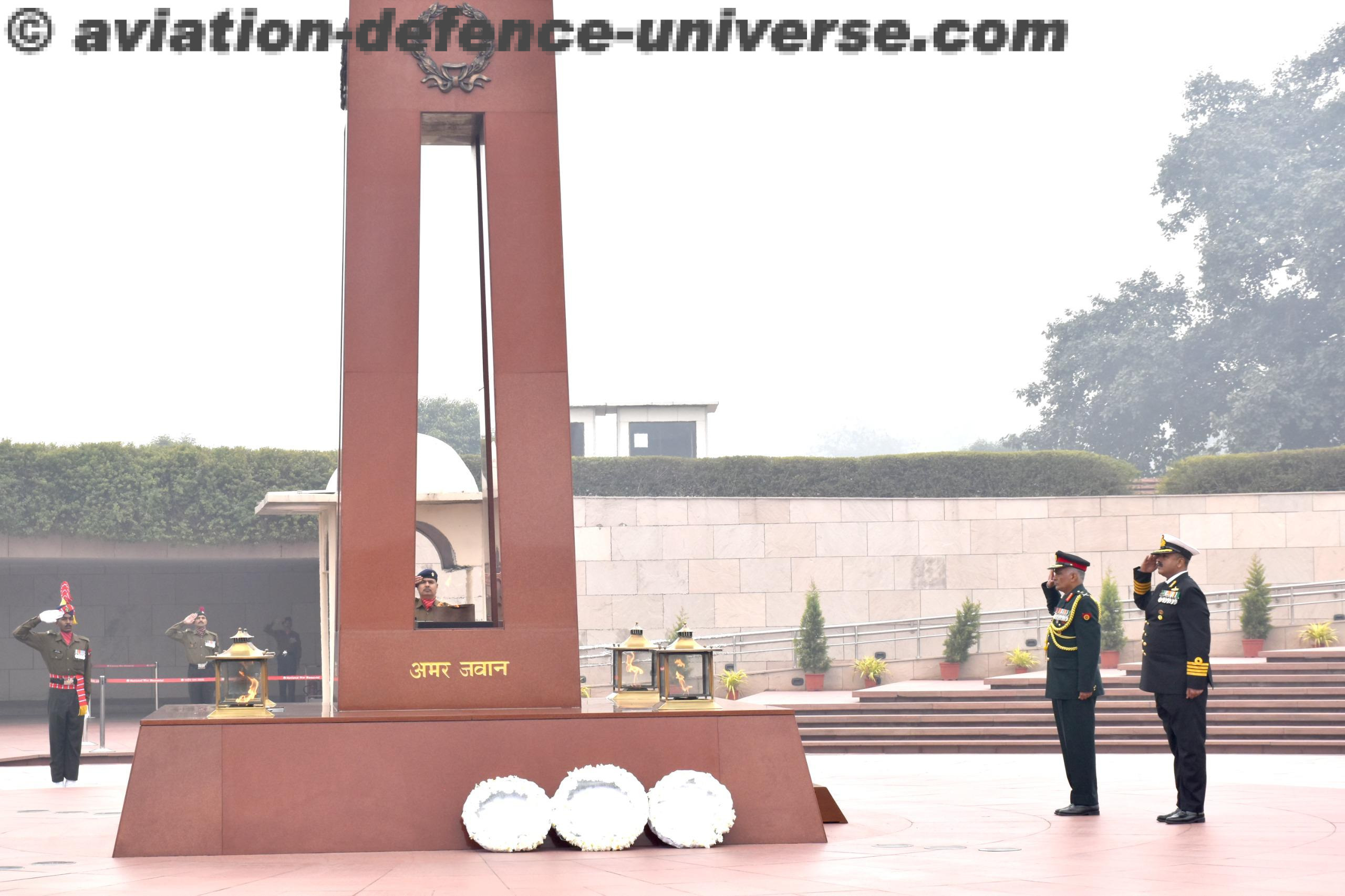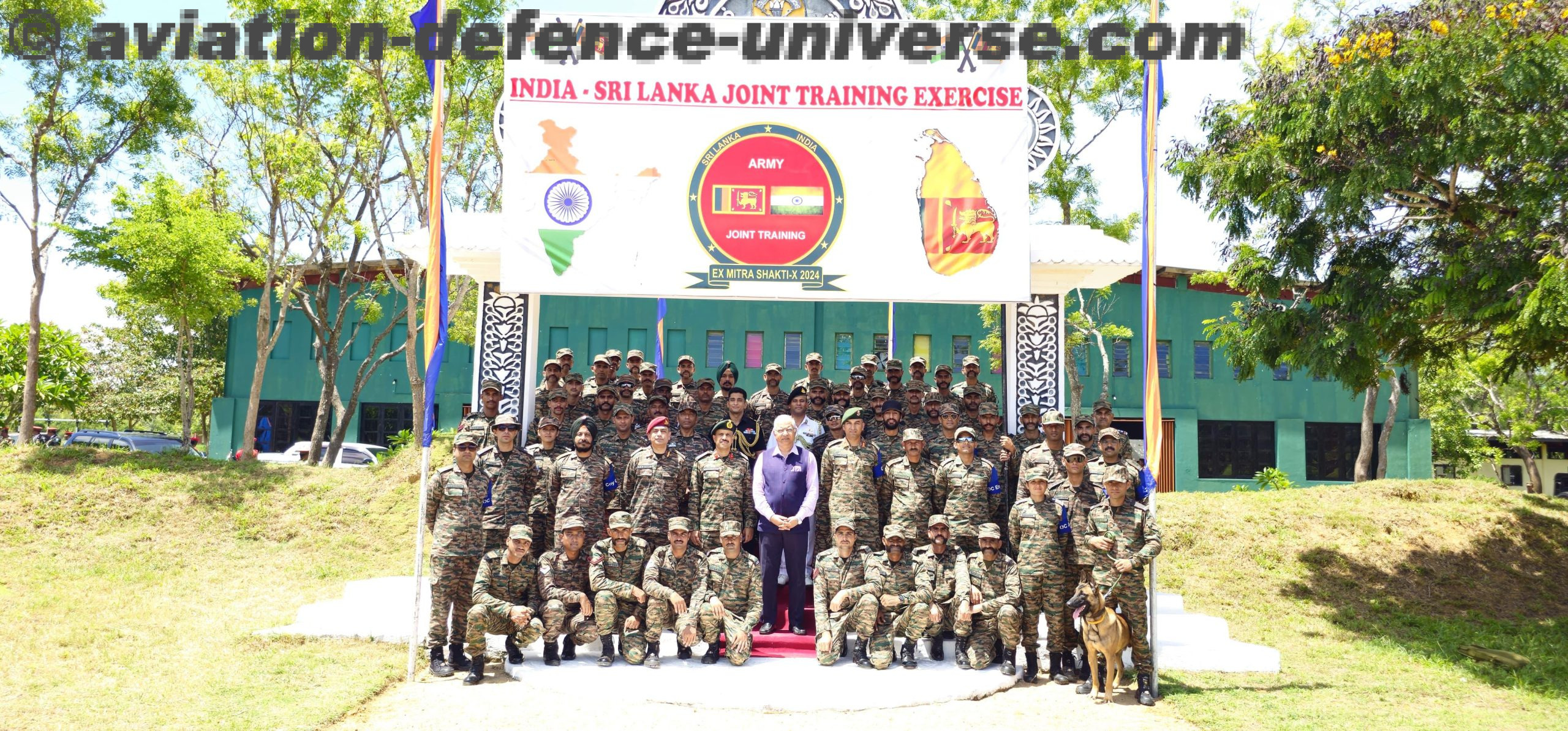ASHBURN, Va. – November 14, 2024 – Curtiss-Wright’s Defense Solutions Division and Korean Airlines Ltd, Co.’s (KAL) Research & Development Group today announced the signing of a Memorandum of Understanding (MOU) to collaborate in the development of Sensor Open Systems Architecture (SOSA™) aligned flight avionics systems for next-generation medium and large unmanned aircraft. Under the agreement, Korean Air R&D Group will use Curtiss-Wright’s industry-leading Fabric100™ 3U and 6U VPX modules to prototype and develop a demonstrator system to showcase the advanced C5ISR capabilities the SOSA Technical Standard brings to advanced platforms such as unmanned aircraft.
“We are excited to collaborate with Korean Air R&D Group to explore the development of next generation SOSA aligned solutions for UAV flight avionics based on our Fabric100 Suite of products,” said Brian Perry, Senior Vice President and General Manager, Curtiss-Wright Defense Solutions Division. “This MOU reflects KAL’s trust in Curtiss-Wright as a strong leader in defense technology and their recognition that SOSA will be the next mandatory requirement for many C5ISR platforms.”
SOSA Technical Standard Aligned Solutions
Curtiss-Wright offers a broad range of Fabric100 products aligned with SOSA Technical Standard that enable system designers to rapidly start their system development programs. Based on modular design and widely supported, consensus-based, nonproprietary standards, the SOSA Technical Standard defines key interfaces to meet the following goals:
- Reduce development cycle time and cost
- Reduce systems integration cost and risk
- Increase commonality and reuse
- Reduce sustainment and modernization cost
- Support capability evolution and mitigate obsolescence
- Enable technology transition
- Facilitate interoperability
- Isolate the effects of change
Curtiss-Wright’s Fabric100 Suite of 3U and 6U OpenVPX Modules and Systems
Fabric100 brings 100Gbit Ethernet and high-performance PCIe Gen4 interconnect speeds to tomorrow’s new generation of rugged deployable computing architectures. Today, system integrators struggle to satisfy their C5ISR applications’ insatiable appetite for sharing ever-increasing volumes of information. The higher-speed interconnects required to support these performance demands introduce significant integration challenges for systems integrators. What’s more, the ability to meet the industry’s goal of simplified interoperability, in other words, to quickly and effectively build systems using open standards-based building blocks and make them work well together, becomes increasingly risky as system designers migrate to faster 16Gbaud and 25Gbaud signaling technology and faster data throughput architectures. To address this daunting problem and reduce the system design risks associated with higher-speed interconnects, Curtiss-Wright has developed Fabric100, a complete end-to-end ecosystem of high-speed rugged OpenVPX modules and system components. It is not enough to simply provide 100Gbps connections between a system’s modules yet fail to support the ability to process all this data within the modules themselves. Recognizing that, Curtiss-Wright’s Fabric100 board architectures are designed to deliver full 100Gbps performance through the entire processing chain, eliminating data bottlenecks that might otherwise compromise system performance.






_BannerAD_234x60px.jpg)


